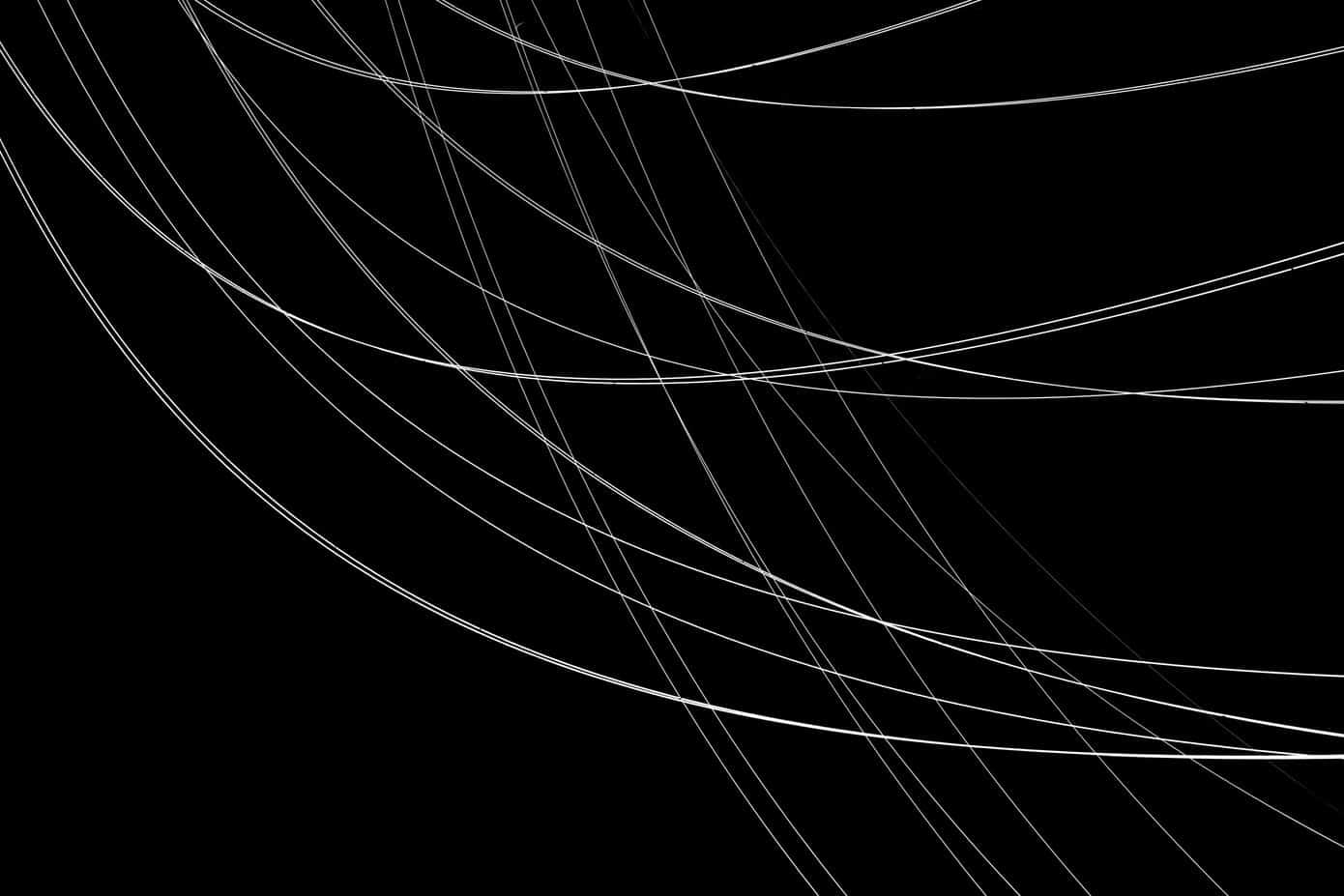Therapy
Thought Field Therapy (TFT): Process, Benefits, Effectiveness
THC Editorial Team August 8, 2021

Contents
- Overview
- What Is Thought Field Therapy (TFT)?
- What Is the History of Thought Field Therapy?
- How Does Thought Field Therapy Work?
- Conditions Are Commonly Treated by TFT
- Potential Benefits of Thought Field Therapy
- Effectiveness of Thought Field Therapy
What Is Thought Field Therapy (TFT)?
Thought Field Therapy (TFT) is an energy-based approach to mental and physical health that combines psychotherapy techniques with ancient Eastern practices. In particular, this approach focuses on manipulating the flow of energy in the body to alleviate symptoms of distress.
According to practitioners of TFT, the body is composed of energy fields that regulate human emotions. When these fields are balanced, energy flows freely throughout the body, natural healing occurs, and balance and mental health are maintained. However, when these fields become imbalanced, emotional, psychological, and physical conditions can arise.1
Within TFT, a thought field, or an energy field within the body created and influenced by one’s thoughts, is a core concept.2 TFT practitioners believe that a person’s thought field is expressed as energy and exhibits unique thinking patterns. In a process called perturbation, adverse events may block thought pathways and cause energy to accumulate and psychological and physical symptoms to occur. Therapists believe that releasing built-up energy through the process of finger tapping on specific acupuncture or meridian points can remove the underlying cause of an individual’s physical or psychological symptoms.3
Other treatment modalities that use an energy healing approach include emotional freedom techniques (EFT), Reiki, therapeutic touch, healing touch, Qigong, Jin Shin Jyutsu, and more.
Practitioners use TFT to treat a broad range of conditions, including anxiety, posttraumatic stress disorder (PTSD), addictions, and depression.
What Is the History of Thought Field Therapy?
Thought Field Therapy was first developed by Roger Callahan in the 1980s. Callahan views distress as being encoded in the body’s energy system rather than as a mental function. As such, he believes that the body’s energy system cannot be easily accessed or healed through talk therapy. Thus, the process used in TFT dramatically differs from the approaches used in many other types of therapy.
TFT draws on Eastern medical practices, including acupuncture and acupressure. In acupuncture and acupressure, people are viewed as having energy flowing along specific pathways, and when those pathways are blocked, they can develop illnesses. The pathways are called meridians, and each meridian includes specific endpoints associated with different organs. Pressure is applied, or needles are inserted to stimulate different meridian points to restore the normal energy flow and improve the patient’s health. TFT extends this idea to mental health issues as well and utilizes the method of finger tapping.
TFT also draws heavily from applied kinesiology, and the work of eminent chiropractors Dr. George Goodheart, Dr. Robert Blaich, and Dr. David Walther.4
Callahan first used a tapping therapy technique to treat a woman suffering from aquaphobia (a fear of water). Before receiving this treatment method, the woman had experienced only limited success after undergoing months of cognitive therapy.1 Since the woman reported physical symptoms of nausea in her stomach when exposed to water, Callahan tried tapping at points under her eyes that he believed were associated with the stomach. When the woman’s phobia resolved after the tapping therapy treatment, Callahan began researching different acupressure points and incorporated tapping of those points in his approach.
What Is the Relationship Between Thought Field Therapy (TFT) and Emotional Freedom Techniques (EFT)?
Thought Field Therapy was a precursor to emotional freedom techniques (EFT). Callahan’s student, Gary Craig, developed EFT to be a more straightforward and abbreviated form of tapping therapy that involved fewer tapping points.5
How Does Thought Field Therapy Work?
To release imbalanced energy and restore a person’s mental and physical health, therapists use a technique called finger tapping. Through this practice, therapists teach individuals to tap specific points on their bodies in set sequences with their fingertips. The tapping sequences are referred to as algorithms, and different TFT algorithms are used for various physical or psychological conditions.6
When people attend TFT sessions, the practitioner will initially ask them to think about their particular issues and rate their distress levels on a scale from 1 to 10, with 1 representing an absence of distress and 10 representing the highest amount of distress. During the therapeutic process, a person’s ratings will gauge whether the treatment is effective.
After the initial evaluation, the therapist will tell an individual to tap on different points while still thinking about their issue. Practitioners believe that asking individuals to focus on the issues that caused them to seek therapy while tapping helps them focus on the related thought field and activates the disturbance causing their symptoms. The theory is that tapping on the meridian points adds more energy and helps to rebalance the system’s energy flow and natural healing ability.
Practitioners might either use one of the TFT algorithmic sequences developed by Callahan or develop their own tapping sequences. Therapists use different procedures to figure out the appropriate algorithmic tapping sequence for each individual. For example, a therapist will test muscular strength while an individual touches different points. This technique is borrowed from applied kinesiology and usually entails pulling down on the client’s extended arm.1 The muscle’s strength while touching a point will determine the specific locations on the body that should be treated. TFT practitioners believe that a muscle will be stronger when the patient touches the correct point. Once the correct point is identified, an algorithmic tapping sequence can then be developed.
Practitioners might also use voice technology to develop appropriate sequences by analyzing the individual’s voice while they are speaking on the phone. Once a sequence is chosen, it will be repeated until the patient rates their distress as a 1. People whose symptoms are completely alleviated are sometimes described as cured.
TFT also includes other processes that might be used to complement different tapping sequences. For example, the nine-gamut treatment involves tapping a spot on the back of the hand while counting, humming, eye-rolling, and repeating self-affirmation statements. Each of these actions is meant to stimulate the corresponding part of the brain, which is believed to increase the effectiveness of the TFT.7
Some practitioners claim that people can see the results of the healing power of TFT in just a single session.8 People whose issues are more complex might undergo several sessions lasting between 30 and 90 minutes. Therapists might also teach individuals to use the sequences to alleviate symptoms when they arise on their own.
According to Callahan, some people will not respond to TFT because of self-sabotaging beliefs called psychological reversal. Callahan claims people who do not believe that they deserve help for their conditions experience psychological reversal. Other techniques have been developed to navigate this state, like tapping the gamut point, the spot used in nine gamut therapy, or rubbing the neurolymphatic reflex located on the upper chest.9
Conditions Are Commonly Treated by Thought Field Therapy
In 2016, the Substance Abuse and Mental Health Services Administration added Thought Field Therapy to the National Registry of Evidenced-Based Programs and Practices to treat stress-related disorders and trauma. However, the addition of TFT to the database prompted backlash from some psychologists.10
Although the National Registry of Evidenced-Based Programs and Practices was later defunded in 2017, practitioners continue to use TFT to help people improve self-regulation and self-concept and alleviate conditions associated with negative thoughts, emotional distress, depression, phobias, anxiety disorders, PTSD, and other issues.
Potential Benefits of Thought Field Therapy
The potential benefits of Thought Field Therapy include, but are not limited to, the following:
- reduced self-reported sense of distress11
- reduce acute stress11
- reduced cravings for maladaptive foods, alcohol, and nicotine11
- reduced chronic pain11
- reduced symptoms of major depressive disorder11
- reduced obsessive traits and obsessive-compulsive disorder11
- relief from the effects of a traumatic experience8,11,12
- increased sense resilience8
- increased self-regulation8
- reduced stress and anxiety11,12
- reduced relationship stress11
- reduced parent-child stress11
- reduced work stress11
- reduced tremor11
- improved heart rate variability (HRV)13
- reduce suffering from bereavement11,14
- reduce suffering from guilt14
- reduce suffering from anger14
Effectiveness of Thought Field Therapy
While there is not an extensive base of research to support the efficacy of Thought Field Therapy, a few studies have assessed its effectiveness. One study published in the journal Frontiers in Psychology in 2017 found that clients treated with TFT for agoraphobia showed similar relief from their phobia as those treated with cognitive behavioral therapy, both directly posttreatment and 12 months after treatment.15
In another study conducted in 2012 with 45 people who had anxiety disorders, researchers found that TFT effectively reduced anxiety symptoms.16 In a meta-analysis, researchers also found that TFT effectively reduced the effects of trauma in people with PTSD.17 Finally, a 2021 study found that TFT was more effective than cognitive behavioral therapy in treating people suffering from trauma due to war. The study candidates who received TFT showed improvement in their trauma-related symptoms, while only one candidate who received cognitive behavioral therapy saw improvement.18
While the research base for TFT is somewhat limited, in recent years, EFT, a modification of TFT, has been studied extensively, with more than 100 articles published in peer-reviewed journals.19







